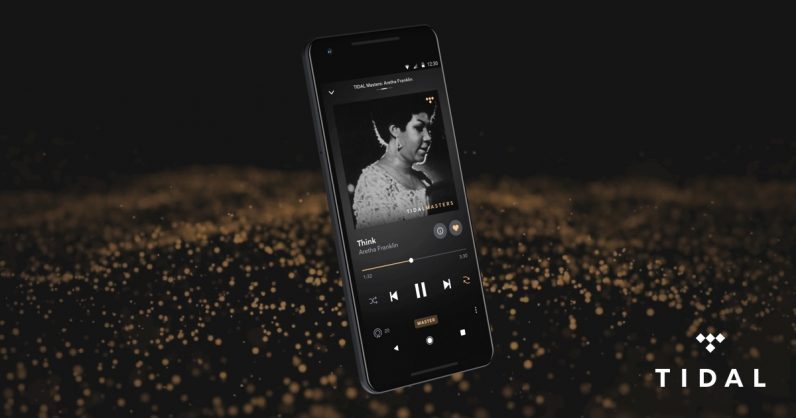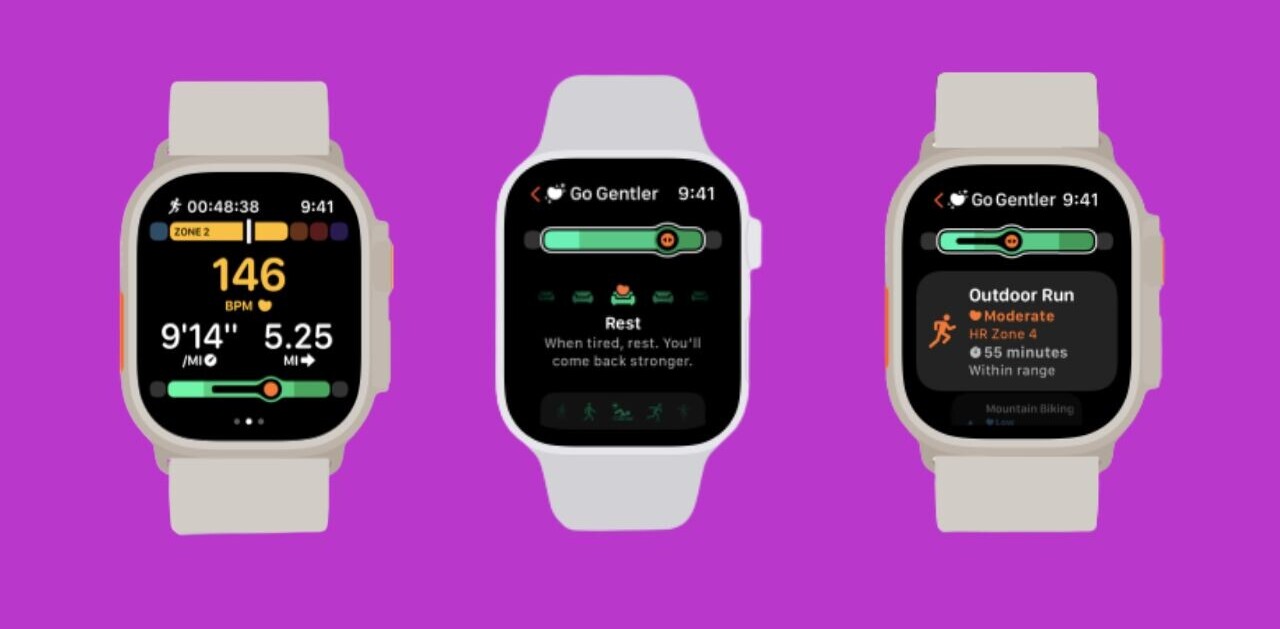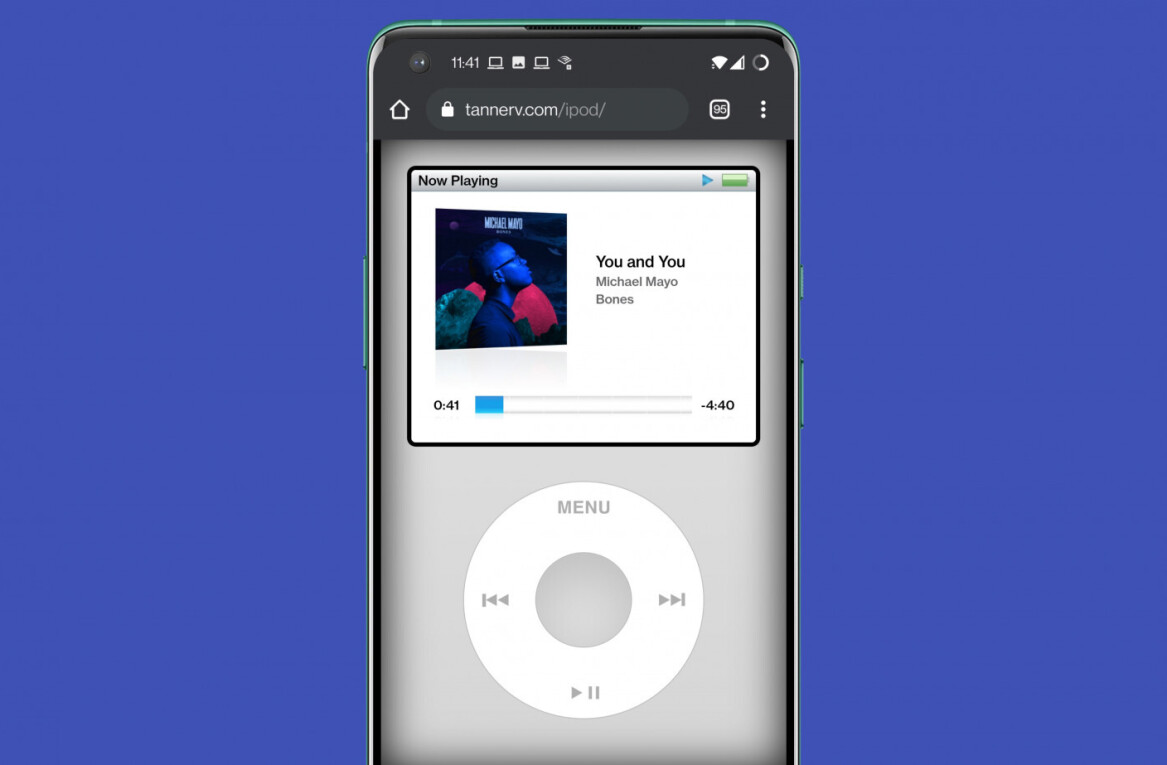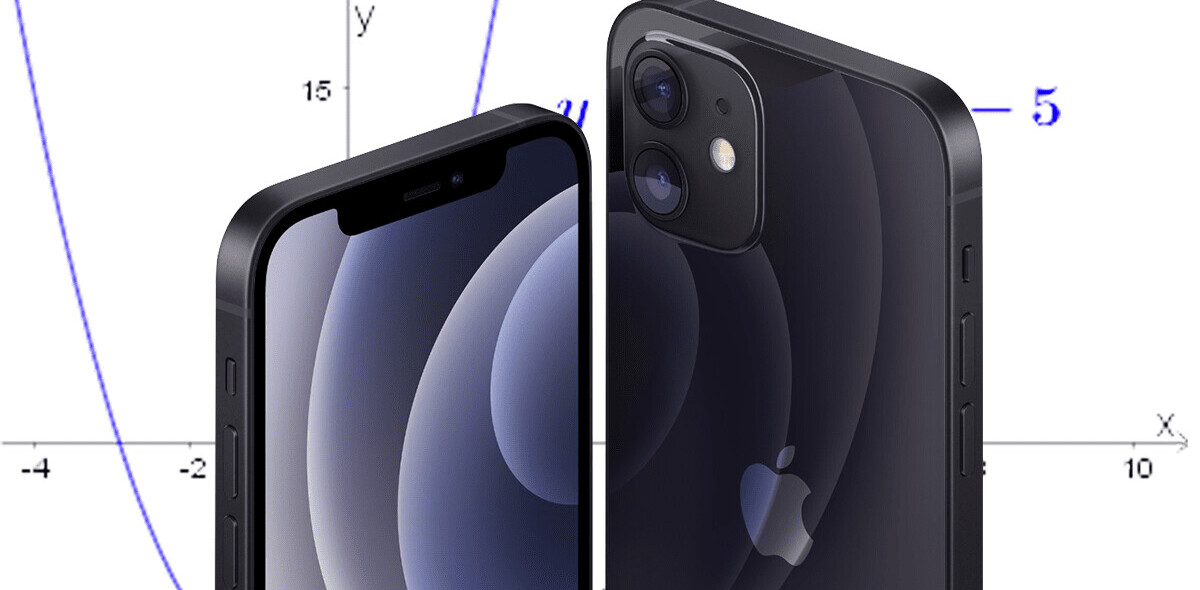
Last night, I felt a great disturbance. It was as if millions of nerds cried out in pleasure, but one voice was suddenly silenced. I fear… Oh wait, I know what it is: Spotify HiFi was announced and Tidal shat itself in terror.
Long story short, Spotify had an event. There were lots of things announced at that event, but one stood above them all: Spotify HiFi. This is a new service the company will offer, allowing its users to listen to lossless files.
Let’s talk about what that means.
Currently, Spotify only plays MP3s, with the maximum quality available being 320kbps. These files are known as lossy. The reason for this is that parts of the original track are literally lost in the compression process. This is to reduce file sizes as much as possible.
Lossless files, on the other hand, aren’t compressed. Without getting bogged down in info, that means if you have the right equipment, the music should sound richer, rounder, and clearer. We’ll get onto the veracity of that later.
As a quick comparison, the highest quality MP3 has a bitrate of 320kbps, while CD’s have a 1,411kps bitrate. The latter is what Spotify HiFi will deliver to you soon.
And Tidal should be worried.
Why is Spotify HiFi such a problem for Tidal?
Basically, the only reason you’d use Tidal over Spotify is for lossless files. With this gone, Tidal loses its only real competitive edge over many over streaming services.
When it comes to flexibility, design, the user interface — anything else you can name, really — Spotify is better than Tidal. In my experience with using the latter, I’d grit my teeth in order to access the higher-quality music files.
This makes something very clear: now I can get top quality tunes on Spotify HiFi, why would I bother with a worse experience elsewhere?
In the sake of balance, Tidal does have a feature Spotify HiFi is unlikely to emulate: Tidal Masters.

Like with anything audio-related, this is both contentious and complex. To summarize as quickly as possible, Tidal Masters allows you to listen to tracks above CD quality. The big thing is… you’re basically incapable of hearing those extra details. CDs were literally designed to exceed the capabilities of your ears.
Of course, there are camps that dispute this, so if you’re interested in wading into that mire, please be my guest.
There is one benefit of Tidal Masters over Spotify HiFi though, and that is some of the albums are actually mastered differently. For example, it’s pretty common for songs to have mixes made for the radio — which means they have more compression and less dynamic range — that appear on streaming services and albums. It’s not always clear when this is the case though…
To try and sum that up: Spotify HiFi is going to hoover up all but the most fervent music streaming fans — which is going to be a problem for Tidal.
Does lossless really matter though?
This is a great point. Honestly? I’m a fan of lossless music, but there is less difference between it and high-quality lossy files than you’d think. If you’re interested in testing your ears, go and do this test. In that, you compare a 320kbs MP3 with a FLAC file. It’s much harder than it sounds.
For me, I love the idea of Spotify HiFi and will definitely subscribe — but you’ll probably have a great audio experience whatever you do.
Just listen to the music love and enjoy it, okay? If it makes you happy, who am I to judge?
In regards to Spotify HiFi, it’s unclear when this will launch, where it will be available, or how much it’ll cost, but it won’t be long until that information becomes clear. And I, for one, cannot wait.
Get the TNW newsletter
Get the most important tech news in your inbox each week.




